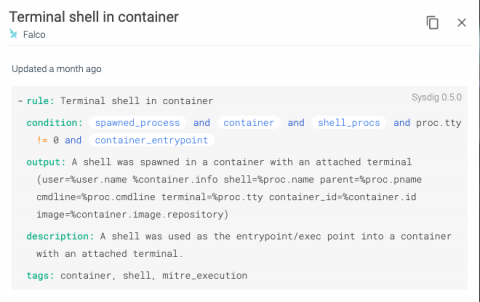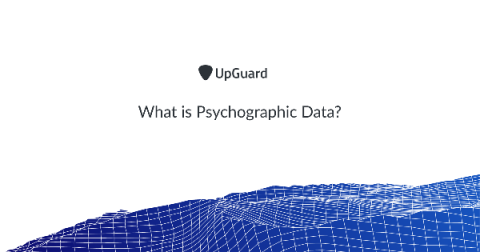What is the NIST Cybersecurity Framework?
The NIST Cybersecurity Framework provides a framework, based on existing standards, guidelines and practices for private sector organizations in the United States to better manage and reduce cybersecurity risk. In addition to helping organizations prevent, detect and respond to cyber threats and cyber attacks, it was designed to improve cybersecurity and risk management communications among internal and external stakeholders. The framework is increasingly adopted as best practice, with 30% of U.S.









